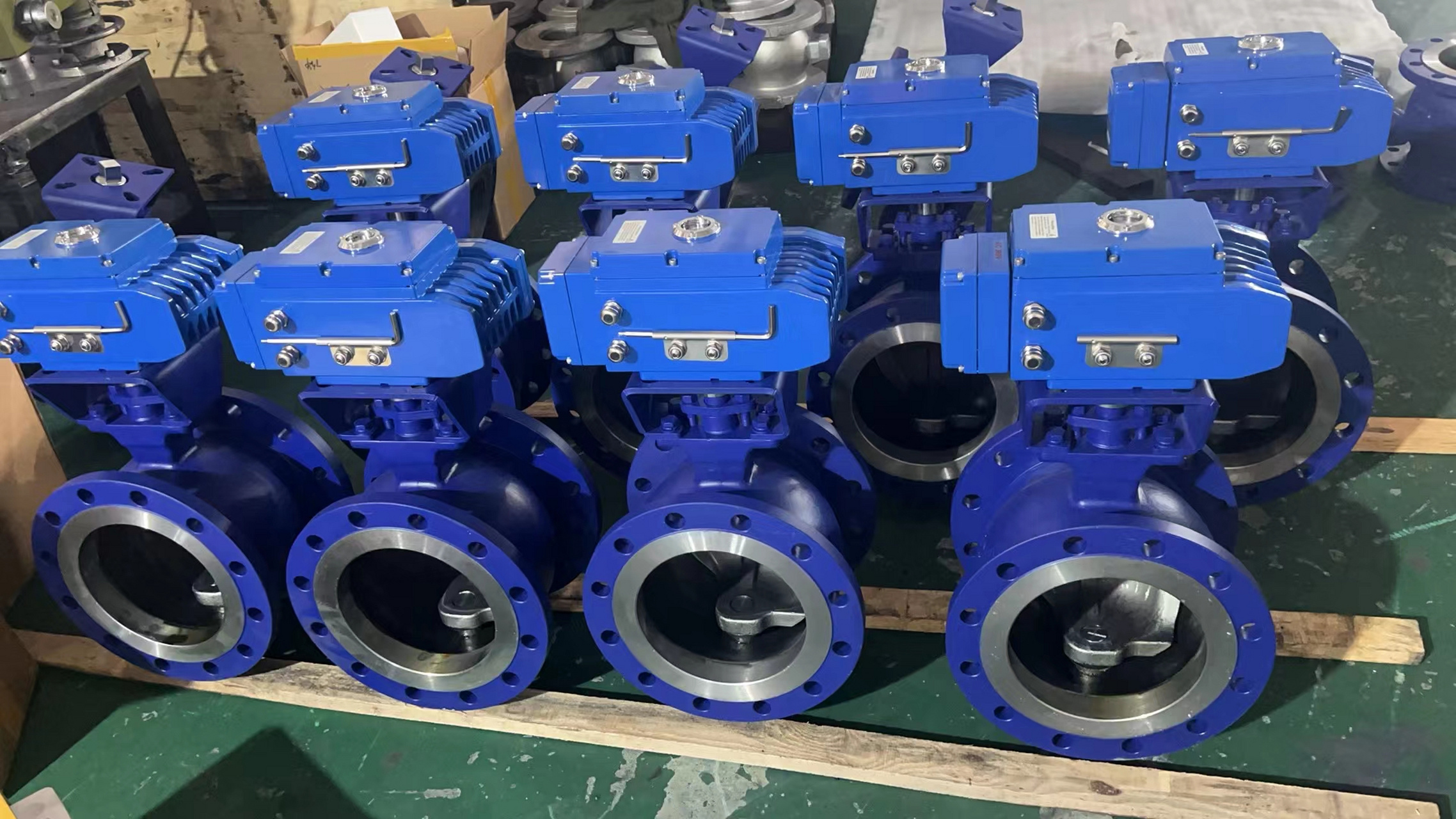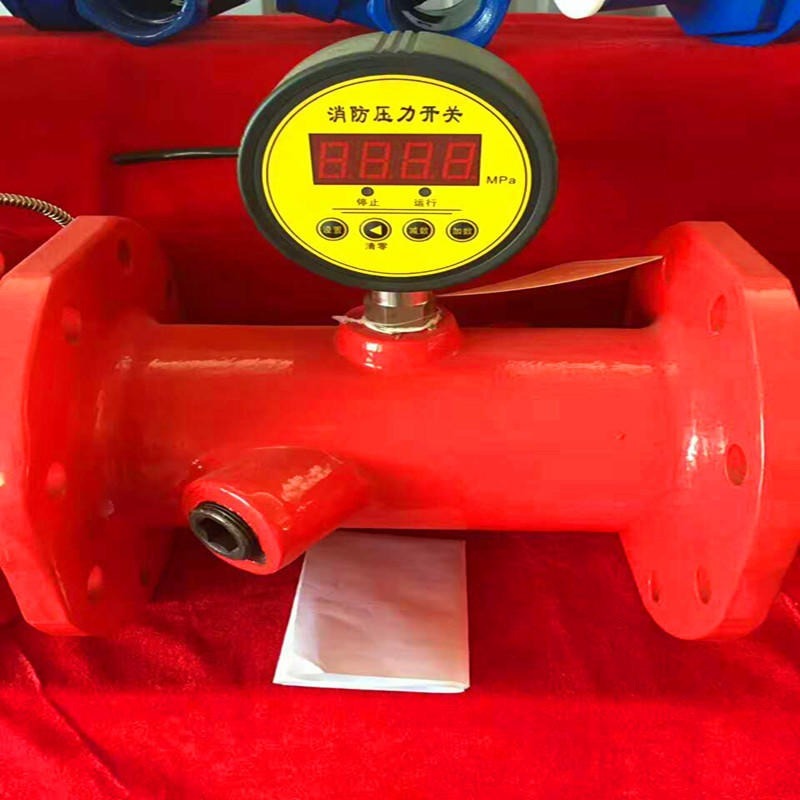Gaote Holding Group focuses on the research and development and production of various valves
-
Products

-
-
-

Applications of butterfly valves, ball valves, and two-way valves
2024-11-21

Regarding butterfly valves and ball valves, valves play a crucial role in industrial control systems, controlling fluid flow, pressure, and flow rate. Below, Beigaoke Valves discusses butterfly valves, ball valves, and two-way valves as three common valve types, each with unique characteristics and applications.
Applications of Butterfly Valves
Butterfly valves are widely used in many fields due to their compact structure, small size, light weight, and ease of operation. A butterfly valve mainly consists of a valve body, valve stem, butterfly plate, and sealing ring, suitable for occasions requiring quick opening and closing and flow regulation.
- Application scenarios: Butterfly valves are suitable for conveying and controlling various media such as water treatment, chemical, petroleum, and natural gas, especially in large-diameter pipelines, where they provide good flow control and low pressure loss.
- Features: Butterfly valves have advantages such as low flow resistance, simple structure, small size, light weight, and easy maintenance. The butterfly plate movement has a wiping action, suitable for media containing suspended solid particles.
Applications of Ball Valves
Ball valves are widely used in the petroleum, chemical, and metallurgical industries due to their good sealing performance and low operating torque.
- Application scenarios: Ball valves are suitable for lightweight structures, low-pressure shut-off, and piping systems with corrosive media. They can also be used in low-temperature devices and piping systems. Ball valves are also suitable for petroleum, petrochemical, chemical, power, and urban construction piping systems with operating temperatures above 200 degrees Celsius.
- Features: Ball valves have a 90-degree rotation, quick opening and closing, low fluid resistance, and are suitable for two-position regulation and applications requiring strict sealing performance.
Applications of Two-Way Valves
Two-way valves are control valves with two pipelines, divided into normally open and normally closed types, commonly used in fluid control systems requiring bidirectional on/off control.
- Application scenarios: Two-way valves are often used in air conditioning systems, water treatment systems, and other occasions requiring end-of-line water control. For example, in air conditioning systems, the two-way valve controls the operation of the actuator motor through a thermostat, thereby controlling the opening and closing of the valve to automatically adjust the indoor temperature.
- Features: Two-way valves have a simple structure and are easy to install and maintain. In automated control systems, two-way valves can achieve remote control and precise flow regulation.
Conclusion
Butterfly valves, ball valves, and two-way valves each have their own characteristics and applicable scenarios. Selecting the appropriate valve type is crucial for ensuring the normal operation and safety of the system. When selecting valves, factors such as process requirements, fluid characteristics, and environmental conditions should be considered to ensure that the valves can perform in specific applications.
Contact Us
Email:
Tel/WeChat:
Address:
Chenggong Development Zone, Ximei Street, Nan'an City, Quanzhou City, Fujian Province
Gaote Holding Group Co., Ltd.
Tel: +86-595-8896-8800
Email: gaotegroup@126.com
Address: Chenggong Development Zone, Ximei Street, Nan'an City, Quanzhou City, Fujian Province
Leave a message
* Note: Please be sure to fill in the information accurately and keep the communication open.
COOKIES
Our website uses cookies and similar technologies to personalize the advertising shown to you and to help you get the best experience on our website. For more information, see our Privacy & Cookie Policy
COOKIES
Our website uses cookies and similar technologies to personalize the advertising shown to you and to help you get the best experience on our website. For more information, see our Privacy & Cookie Policy
These cookies are necessary for basic functions such as payment. Standard cookies cannot be turned off and do not store any of your information.
These cookies collect information, such as how many people are using our site or which pages are popular, to help us improve the customer experience. Turning these cookies off will mean we can't collect information to improve your experience.
These cookies enable the website to provide enhanced functionality and personalization. They may be set by us or by third-party providers whose services we have added to our pages. If you do not allow these cookies, some or all of these services may not function properly.
These cookies help us understand what you are interested in so that we can show you relevant advertising on other websites. Turning these cookies off will mean we are unable to show you any personalized advertising.








